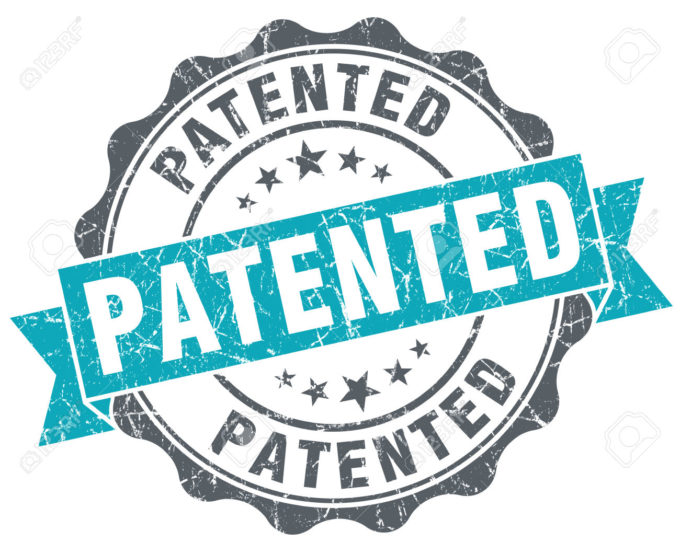Columbia Sportwear North America, Inc. v. Seirus Innovative Accessories, Inc., Nos. 3:17-cv-01781-HZ (S.D.Cal. September 29, 2017), verdict hosted by Patently-O blog, 3:15-cv-00064-HZ 2016 WL 4238640 (D. Oregon August 10, 2016), opinion hosted by Patently-O blog.
A California district court jury reached a damages verdict for Columbia Sportwear of just over $3 million for Seirus’s infringement of Columbia’s design patent for the ornamentation of a heat reflective material used as a liner in gloves and shoes.
The verdict, returned on September 29, appears to be the first verdict on design patent damages after the Supreme Court’s decision in Samsung Electronics Co., Ltd. v. Apple, Inc. 137 S.Ct. 429 (2016) that set up potential limitations on expansive design patent damages. The Patent Act provides that design patent owners may seek damages from an infringer equal to the “extent of [the infringer’s] total profit” for “any article of manufacture” that infringes. 35 U.S.C. § 289. In Samsung, the Supreme Court held that “article of manufacture” could be considered just a single component of a multi-component product. Thus, instead of damages equal to profits from an entire product, infringers might be asked only to pay damages apportioned to specific infringing components.
Despite the potential for limiting damages to apportioned profits specific to the component material, the $3 million award appears to be the full profits from Seirus’s sales of its sportswear products containing the infringing material. The jury instructions adopt a four factor test suggested by the DOJ in the Samsung proceedings.
As laid out in Judge Lucy Koh’s recent order for a new trial for design patent damages in the $399 million infringement judgment against Samsung that was the subject of the Supreme Court suit, the same four factor test will be used when Apple and Samsung return to court in 2018. Nika Aldrich of IpWatchdog explains that in Columbia Sportware, a different jury will be applying the same standard to “a very different set of facts,” but that patent owners will be “carefully attuned” to see if they can continue to get damages equal to profits for an entire item when design patent infringement is shown for one of the item’s components.
Jennifer Esch is a 1L student at Harvard Law School.
